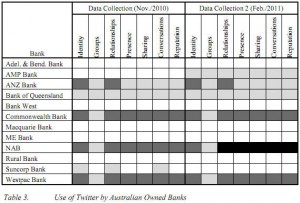The ultimate in convenient banking: make payments by thinking
In my presentation at yesterday’s media launch of ANZ’s Banking on Australia program, I spoke about new ways of making payments using biometrics.
An article in today’s Australian Financial Review reports:
“Biometric security” involves using fingerprints, voice records or eye scans to access secure systems instead of number-based passwords, which are much easier to steal or hack.
Speaking at an ANZ event in Melbourne on Thursday, futurist Ross Dawson said the “post-cash world” was coming to advanced economies.
“It’s inevitable we move to biometrics, things that measure who we are to uniquely identify us to enable easy payments,” he said.
“The US Department of Energy, for example, is using our thought waves to identify people. To think of something is obviously a great way to be able to pay for things.”

